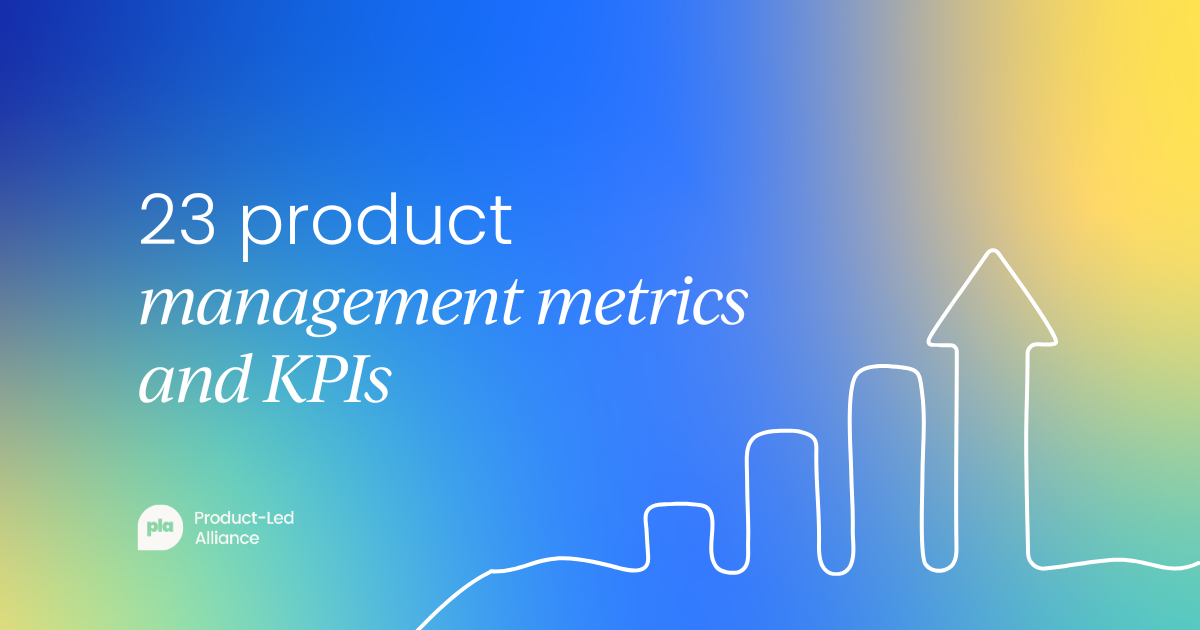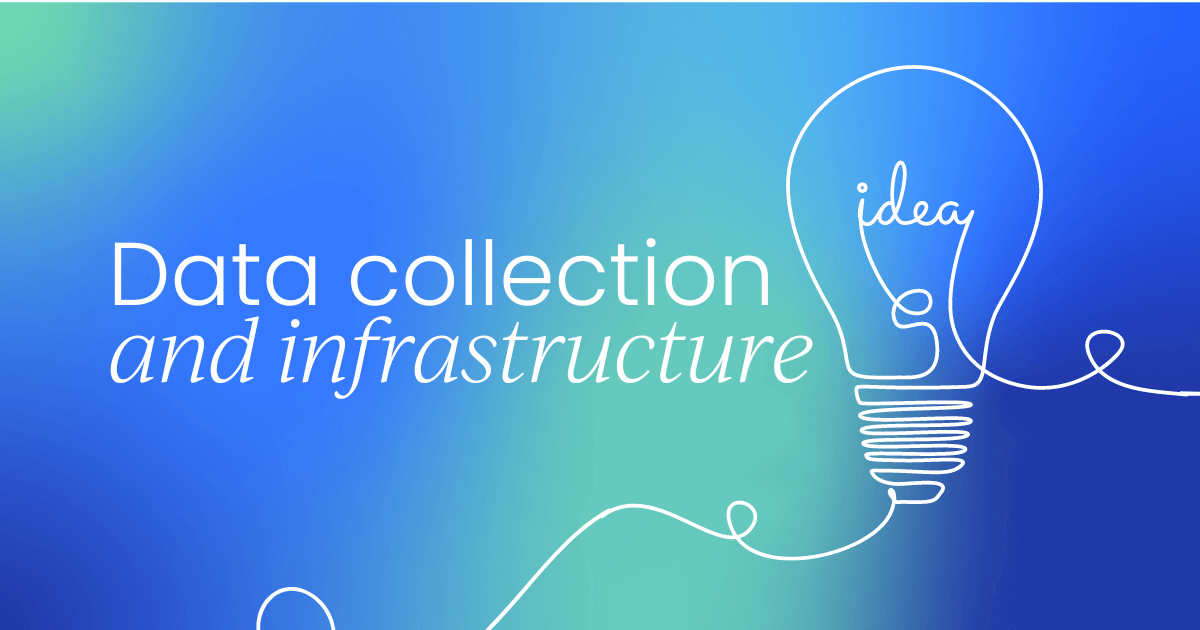Let’s talk about something that’s a backbone for businesses, researchers, and pretty much anyone who deals with information—data collection and infrastructure. If you’re curious about what data infrastructure is or are figuring out the best data collection tools, you're in the right place.
Let's unravel these concepts in a way that’s easy to understand and applicable to your needs.
What is data infrastructure?
Think of it as the foundation of a building. Without a solid base, you can’t construct anything that lasts. Data infrastructure is the collection of resources, systems, and processes that manage, store, and process data. It includes hardware like servers and databases, software for data management, and protocols ensuring data integrity and security.
Key components:
- Hardware: Servers, data centers, storage devices.
- Software: Databases (like SQL, NoSQL), data warehouses, data lakes.
- Networks: Internet, intranet, data transfer protocols.
- Security: Firewalls, encryption, access controls.
- Data management tools: ETL (Extract, Transform, Load) tools, data integration tools, data governance frameworks.
What is customer data infrastructure?
When we talk about customer data infrastructure, we’re zooming into how businesses handle customer-related data. This includes everything from personal details to purchase histories and interactions. A robust customer data infrastructure allows you to personalize experiences, predict behaviors, and improve customer satisfaction.
Key elements:
- Data collection: Gathering data through various touchpoints (websites, apps, surveys).
- Data storage: Securely storing customer data in databases or data warehouses.
- Data analysis: Using tools and software to analyze customer data and extract insights.
- Data integration: Ensuring data from different sources is unified and accessible.
- Data privacy: Implementing measures to protect customer data and comply with regulations like GDPR.
Data infrastructure and analytics
Data infrastructure and analytics go hand-in-hand. Your infrastructure needs to be capable of handling large volumes of data efficiently to perform meaningful analysis. This is where data analytics tools works like a charm. They help in processing and analyzing data to derive actionable insights.
Integrating data infrastructure and analytics offers numerous benefits, including improved decision-making through accurate data, enhanced operational efficiency by streamlining processes, and an increased competitive advantage by understanding market trends and customer needs. It aids in risk management by identifying and mitigating potential risks using predictive analytics.
Data collection tools and software
To build any type of data infrastructure, you need effective data collection tools and software. These tools help gather data from various sources, ensuring that it’s accurate and ready for analysis.
Popular data collection tools:
- Survey tools: Google Forms, SurveyMonkey, Typeform
- Mobile data collection apps: KoBoToolbox, Open Data Kit (ODK)
- Web scraping Tools: Beautiful Soup, Scrapy
- IoT devices: Sensors and devices collecting real-time data
Data collection software:
- CRM software: Salesforce, HubSpot.
- Data integration tools: Talend, Apache Nifi.
- Analytics platforms: Google Analytics, Tableau.
- Database management systems: MySQL, MongoDB.
Ways to collect qualitative data
While quantitative data gives you numbers, qualitative data provides context and depth. Collecting qualitative data involves gathering non-numeric insights, often through more interactive and open-ended methods. Methods to collect qualitative data include:
- Interviews: One-on-one or group interviews to get detailed insights.
- Focus groups: Discussions with a small group of people on a specific topic.
- Observations: Watching subjects in their natural environment.
- Open-ended surveys: Surveys with open-ended questions allowing detailed responses.
- Document analysis: Reviewing existing documents or records for insights.

Data collection forms and plans
A data collection form is a tool used to gather specific information. It could be a survey form, feedback form, or any structured format designed to collect data. A well-designed data collection form ensures that the data gathered is relevant and usable.
Integrating data infrastructure and analytics offers numerous benefits, such as improved decision-making through accurate data, enhanced operational efficiency by streamlining processes, and increased competitive advantage by understanding market trends and customer needs. It aids in risk management by identifying and mitigating potential risks with predictive analytics.
Collective data: Harnessing the power of crowdsourcing
Collective data involves gathering information from a large group of people, often through crowdsourcing. This approach can provide a vast amount of data quickly and is particularly useful for large-scale projects. Benefits include diverse insights from a broad range of perspectives, scalability that allows for the quick gathering of large volumes of data, and cost-effectiveness by reducing the need for extensive internal resources.
The future of data collection and infrastructure
As technology evolves, so do the methods and tools for data collection and infrastructure. Here are some trends shaping the future:
- Artificial Intelligence (AI): AI-powered tools are enhancing data collection and analysis, providing deeper insights.
- Big data: The ability to process and analyze vast amounts of data is becoming increasingly critical.
- Cloud computing: Cloud-based data infrastructure offers scalability and flexibility.
- IoT and Real-Time Data: Internet of Things (IoT) devices are enabling real-time data collection and analysis.
- Data privacy and ethics: Growing focus on data privacy, security, and ethical considerations in data collection.
Conclusion
Understanding data collection and infrastructure is crucial in today’s data-driven world. Whether you’re exploring "what is spatial data infrastructure" or looking for the best "data collection tools," having a robust data strategy can make all the difference. By leveraging the right tools and practices, you can transform raw data into valuable insights that drive decision-making and innovation.
Remember, the key is not just in collecting data but in building a reliable infrastructure that supports analysis and application. With the right approach, data becomes a powerful asset, unlocking new opportunities and driving success.
The product-led growth (PLG) model has revolutionized the way businesses approach growth and success. It's time to take advantage of this game-changing strategy and position yourself as a leader in your organization.
Download our ebook to gain exclusive access to the knowledge and insights to become a product management superstar and drive your organization's growth to new heights.




 Follow us on LinkedIn
Follow us on LinkedIn





